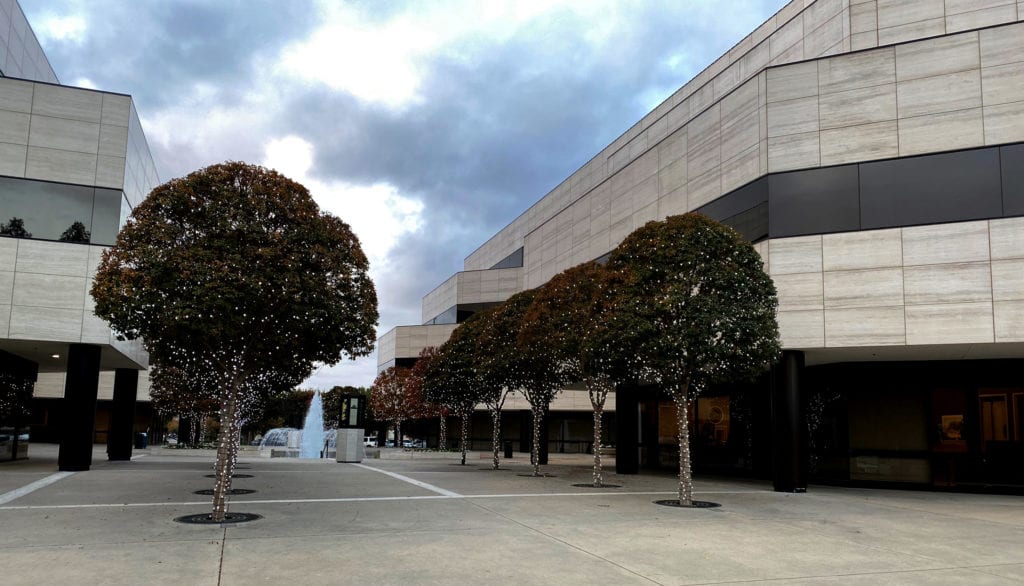In California, a person injured on the job is generally entitled to no-fault benefits through a workers’ compensation claim. Disputes can sometimes arise over the existence, nature or severity of an employee’s injuries. California’s QME (Qualified Medical Evaluator) process exists to allow an independent medical professional to come in and make an assessment.
Once a QME is selected, parties to a case—both the insurer/claims administrator and the worker—are required to stick with that medical professional. However, a new QME may be appropriate if the worker sustains a separate injury. Here, our Fresno workers’ compensation defense lawyers provide a more detailed overview of California law on this matter.
California Workers’ Compensation Claims Rules: Stick With QME for Same or Similar Injuries
As a starting point, it is important to understand the role and purpose of a Qualified Medical Evaluator. QMEs are neutral, trained medical professionals who “examine injured workers to evaluate disability and write medical-legal reports.” In other words, QMEs provide a neutral assessment of an injured worker. They offer independent medical care that can be used to resolve a workers’ compensation claim in which there is a dispute over a medical issue.
Public policy in California discourages “shopping” of Qualified Medical Evaluators. Put another way, the state does not want parties trying to find a new QME simply because they do not like the results of an evaluation. In fact, parties are generally required to stick with the same QME for a same or similar injury. Under California Code of Regulations § 35.5(e), “parties shall utilize to the extent possible the same evaluator who reported previously” if a new injury involves the same body part or body system.
New QME is Appropriate for New Injuries
If a worker sustains a separate injury, he or she is not required to try to use the same QME as was used in the previous claim. As noted above, Section 35.5(e) applies to new injuries that affect the same body part or same body system. Public policy assumes that these types of injuries might be related. It does not apply to new injuries of separate body parts or body systems.
For example, imagine that an employee filed a workers’ compensation claim for a head injury in 2018. Two years later, he filed a new workers’ compensation claim for a back injury after a fall accident. A separate QME could be used in the second case as the two injuries do not involve the same body part or body system.
Call Our Central California Workers’ Compensation Defense Lawyers Today
At Yrulegui & Roberts, we are a workers’ compensation defense law firm that is committed to providing the highest level of legal representation to our clients. If you have any questions or concerns about navigating the QME process, we can help. Contact our firm today to arrange a private assessment of your case. We represent businesses, organizations, insurers, and claim administrators, throughout Central California, including in Fresno, Stockton, and Redding.


